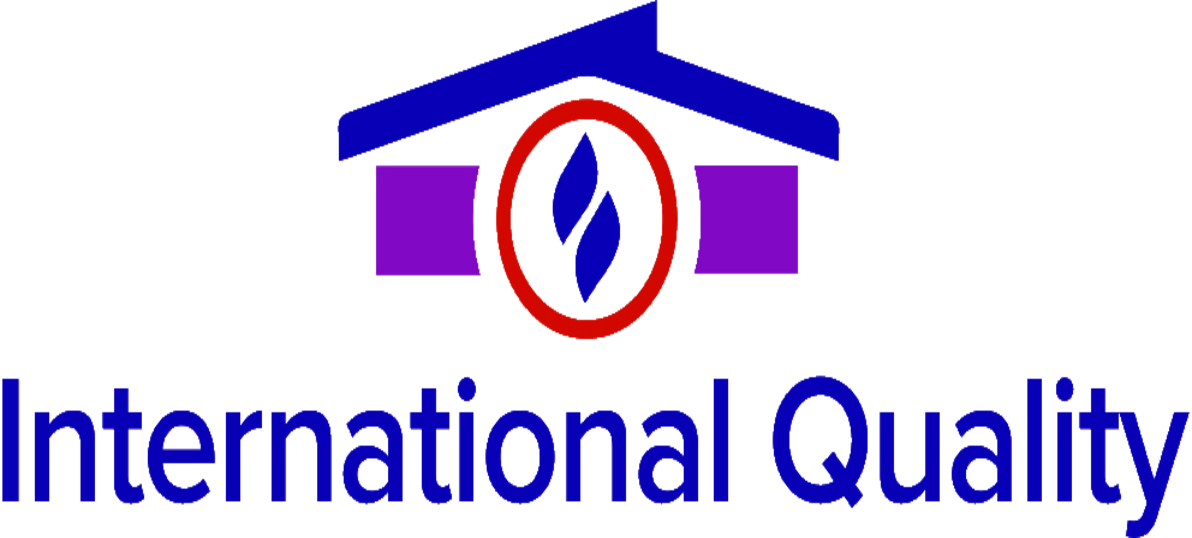
Last on the balance sheet is the goodwill, which could be realized only at the time of sale or any other business restructuring. Liquidity is the given adequate consideration or priority when preparing the balance sheet. It is the first document seen by the lenders/investors and other stakeholders to understand the company’s position.
- Both types of ratios are essential for assessing different dimensions of a company’s financial performance and risk profile.
- The cash ratio looks at only the cash on hand divided by CL, while the quick ratio adds in cash equivalents (like money market holdings) as well as marketable securities and accounts receivable.
- Besides his extensive derivative trading expertise, Adam is an expert in economics and behavioral finance.
- Companies typically select an ending period that corresponds to a time when their business activities have reached the lowest point in their annual cycle, which is referred to as their natural business year.
- This content is for general information purposes only, and should not be used as a substitute for consultation with professional advisors.
- Because these materials are not immediately placed into production, the company’s accountants record a credit entry to accounts payable and a debit entry to inventory, an asset account, for $10 million.
Current Asset Accounts and their Order of Liquidity

These ratios offer a quick snapshot of a company’s liquidity position without delving into complex financial analysis. For instance, the current ratio, which divides current assets by current liabilities, can quickly be determined by glancing at a company’s balance sheet. Accounts payable is typically one of the largest current liability accounts on a company’s financial statements, and it represents unpaid supplier invoices.

Current Liabilities: What They Are and How to Calculate Them

First, the fixed asset turnover ratio (FAT) shows how much revenue a company’s total assets generate. Second, the return on assets (ROA) ratio shows how much profit is being generated from its total assets. Lastly, the cash conversion cycle (CCC) shows how well a company is managing unearned revenue its accounts receivables and inventory. Importantly, the cash conversion cycle is an important indicator of a company’s working capital, which is the difference between its current assets and current liabilities. The quick ratio is the same formula as the current ratio, except that it subtracts the value of total inventories beforehand.
Classified Balance Sheet

When the company pays its balance due to suppliers, it debits accounts payable and credits cash for $10 million. For example, a company might have 60-day terms for money owed to their supplier, which results in requiring their customers to pay within a 30-day term. Current liabilities can also be settled by creating a new current liability, such as a new short-term debt obligation. Current liabilities are a company’s obligations that will come due within one year of the balance sheet’s date and will require the use of a current asset or create another current liability. However, financial leverage based on its solvency ratios appears quite high. Debt exceeds equity by more than three times, while two-thirds of assets have been financed by debt.
How Liam Passed His CPA Exams by Tweaking His Study Process
The equity section of a classified balance sheet is very simple and similar to a non-classified report. Common stock, additional paid-in capital, treasury stock, and retained earnings are listed for corporations. Partnerships list member capital accounts, contributions, distributions, and earnings for the period. A classified balance sheet is a financial statement that reports asset, liability, and equity accounts in meaningful subcategories for readers’ ease of use. In other words, it breaks down each of the balance sheet accounts into smaller liabilities in order of liquidity categories to create a more useful and meaningful report. As mentioned above under the advantages section, liquidity ratios may not always capture the full picture of a company’s financial health.
- While profitability ratios focus on generating returns and maximizing profits, liquidity ratios prioritize maintaining sufficient liquidity.
- By defining an account as being liquid, it means that a company can turn the balance of the account into cash relatively quickly.
- It shows investors and analysts whether a company has enough current assets on its balance sheet to satisfy or pay off its current debt and other payables.
- The company’s accountants record a $1 million debit entry to the audit expense account and a $1 million credit entry to the other current liabilities account.
- Liquidity ratios are simple yet powerful financial metrics that provide insight into a company’s ability to meet its short-term obligations promptly.
- Solvency relates to a company’s overall ability to pay debt obligations and continue business operations, while liquidity focuses more on current or short-term financial accounts.
- Liquidity measures the capability of the cash generation capability of any asset.
